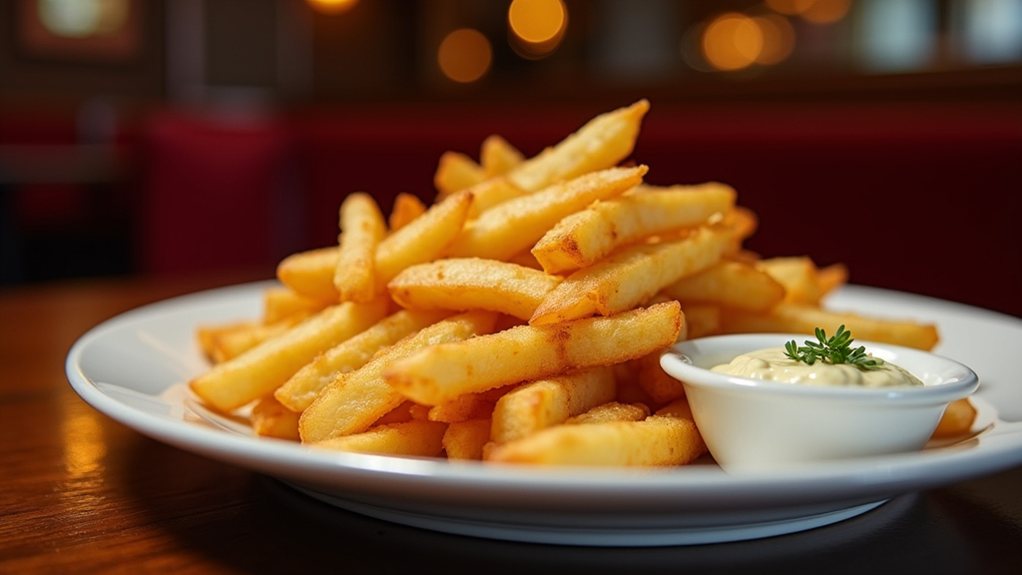What Makes Beer Bitter? The Role of Hops in Craft Brewing
Craft beer enthusiasts often find themselves enchanted by the vast array of flavors that contemporary brewing offers. From zesty citrus notes in IPAs to the rich depth of stouts, the art of brewing has evolved dramatically. However, one essential aspect remains constant: the bitterness found in beer, primarily derived from hops. In this article, we’ll explore how hops contribute to the bitterness of beer and the factors that influence this intriguing flavor profile.
Understanding Hops and Bitterness
At the heart of beer’s flavor complexity is the humble hop. These small green cones not only impart the distinct bitterness we often associate with certain beer styles but also contribute aromatic and flavor notes that can vary widely depending on the hop variety used. Hops contain alpha acids, which are key to generating that signature bitterness. The longer hops are boiled during the brewing process, the more pronounced their bitter flavor becomes. This bitterness can be a hallmark of many popular beer types, such as India Pale Ales (IPAs) and barley wines.
Notably, hops also play a role beyond merely adding bitterness. They balance the sweetness of malts, enhancing the overall flavor and mouthfeel of the beer. This contrast is vital for achieving a well-rounded taste profile; thus, when someone describes a beer as "hoppy," they are often referencing a spectrum of flavors that includes more than just bitterness.
The Science Behind Bitterness
So why do we perceive bitterness in beer? It largely comes down to alpha acids, such as humulone, found in hops. When hops are boiled during the brewing process, these acids transform, creating compounds that generate a bitter taste. Interestingly, the bitterness can also be influenced by the malt’s characteristics. Darker malts, often used in stouts and porters, can bring in roasted flavors that add layers to perceived bitterness.
In addition, the water chemistry plays a crucial role. The mineral content in brewing water, particularly levels of sulfate and chloride, can enhance or soften the bitterness in the final product. Brewers often adjust these elements to achieve their desired flavor profile, showcasing the intricacies involved in crafting beer.
The IBU Scale: Measuring Bitterness
To quantify bitterness, the brewing community utilizes the International Bitterness Units (IBU) scale. This system measures the concentration of bittering compounds in a beer. A beer with an IBU of 10 is considered low in bitterness, while a Double IPA might boast an impressive IBU of 80 or higher. However, it’s essential to note that the IBU scale does not tell the full story. A beer with a high IBU rating may not taste as bitter if it’s well-balanced with malty sweetness, while a low IBU beer can still strike a bitter chord depending on its other ingredients.
Exploring Different Beer Styles
When it comes to varieties of beer, the relationship between hops and bitterness can manifest in numerous ways. For example:
-
India Pale Ales (IPAs): Known for their hop-forward nature, IPAs typically feature higher IBU levels and exhibit robust bitter flavors combined with fruity or floral notes.
-
Porters and Stouts: While these darker beers may have lower IBU ratings, the roasted malts can impart a bitter depth, making them complex and layered.
- Belgian Ales: Often brewed with additional spices or adjuncts, these beers can have a subtle bitterness balanced by fruity esters and a touch of sweetness.
The Craft Beer Buzz
As the craft beer movement continues to grow, brewers are finding innovative ways to modify bitterness. Many explore new hop varieties, such as Galaxy or Mosaic, each offering distinct flavor profiles. Craft breweries like Dogfish Head and Stone Brewing have become well-known for experimenting with hops, creating beers that push the boundaries of traditional bitterness.
Moreover, consumers are becoming increasingly knowledgeable about beer, which enhances the conversation around flavors and preferences. Whether you’re a fan of exhilaratingly bitter IPAs or prefer the smooth richness of a stout, understanding the role of hops in beer will undoubtedly deepen your appreciation.
As beer lovers continue to explore new horizons in taste, one thing remains clear: the journey through the world of bitterness, driven by the dynamic hop, is just as enriching as every sip in your glass. Cheers to that!









